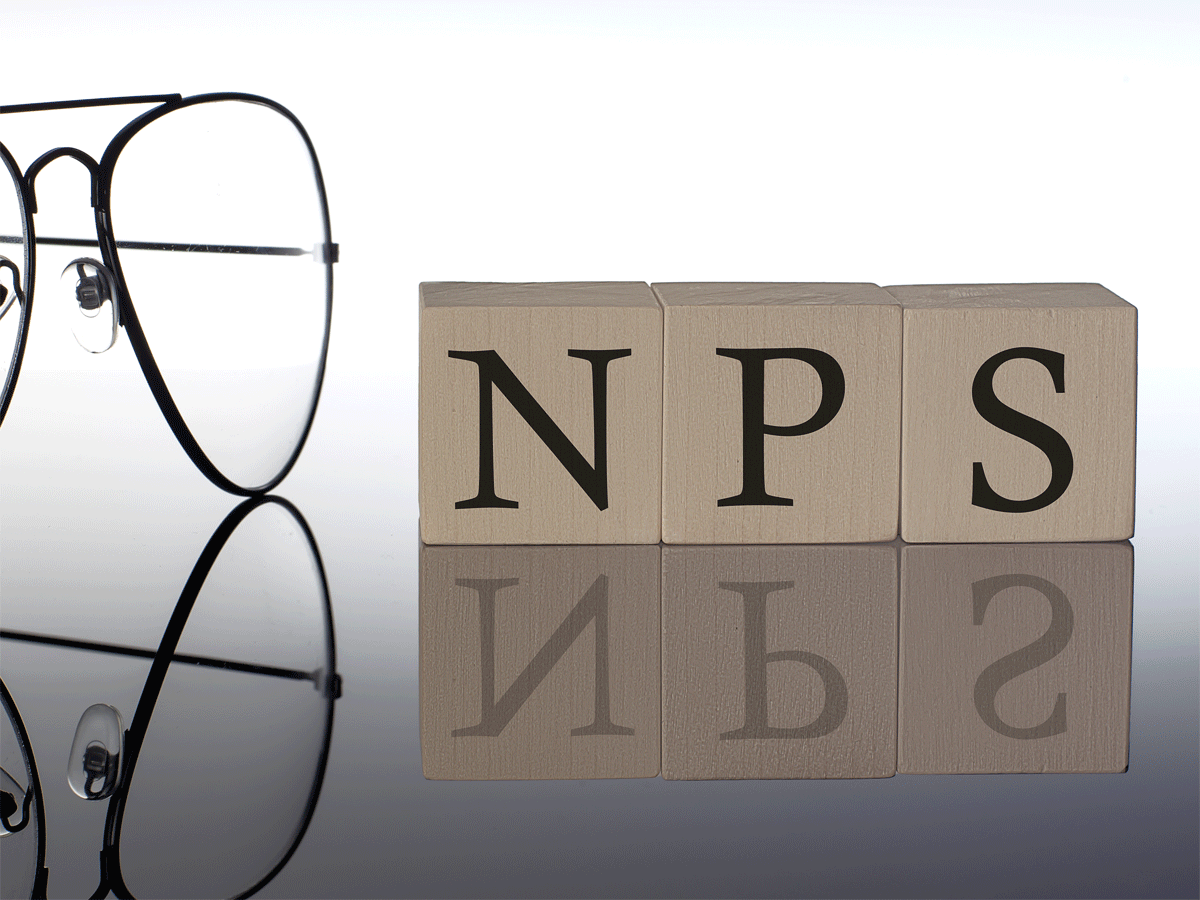NPS vs EPF: Which retirement option is best suited for you?
Retirement planning is a vital aspect of financial management and selecting the correct investment products can considerably impact your post-retirement financial stability and security. Two prominent retirement options are Employee Provident Fund (EPF) and the National Pension System (NPS). Both products provide numerous features and advantages to investors to provide a stable and comfortable post-retirement life. In case you are wondering which option is better suited to help you build your retirement corpus, check out the comparative analysis between NPS and EPF to help you make a better retirement decision.
Overview of NPS and EPF
NPS is a government-backed pension product introduced in 2004. The scheme offers the flexibility to contribute systematically during your working years to receive a pension and lumpsum corpus on retirement. NPS permits you to select among distinct investment instruments including corporate bonds, government securities, and equity based on your retirement goals and risk appetite. You can begin your NPS subscription by filling out the online NPS account opening form. Besides this, performing NPS contribution online is also allowed once your account is opened.
EPF, in contrast, is a mandatory retirement scheme for salaried individuals. This scheme is managed by the Employees’ Provident Fund Organisation (EPFO) and requires both the employee and employer to contribute a particular portion of the salary of the employee towards this scheme for retirement. EPF aims at building a considerable corpus over the years to provide financial stability and security during post-retirement years.
What are the benefits of opting for the NPS plan?
High flexibility
NPS provides the flexibility to select between distinct fund managers and investment instruments depending on your risk tolerance. This feature allows you to align your investments with your retirement goals and even make the required changes over time.
Tax benefits
NPS offers exclusive tax benefits as per section 80CCD(1B). Under this section, you can claim a deduction of up to Rs 50,000 on your NPS contribution, which is over and above the Rs 1.50 lakh deduction limit allowed as per section 80C. This tax benefit makes the NPS option an attractive choice, especially if you are looking to save considerable taxes of up to Rs 2 lakh (under section 80C and 80CCD 1B) while planning for your post-retirement corpus.
Online account opening
NPS provides the convenience to open an account online, making it simpler for you to begin your retirement planning journey. Through the online NPS account opening route, you can complete the documentation process without any hassle or stress of approaching the financial institution in person and start contributing towards your retirement funds efficiently.
What are the benefits of opting for the EPF plan?
Mandatory for most employees
EPF is a financial product mandatory for most employees to save for their retirement. This product ensures disciplined savings by deducting a part of the salary of the employee along with an equal contribution towards the plan from the employer. Such enforced savings habit allows you to accumulate a considerable retirement corpus over the long term.
Those with no EPF provision or looking to contribute over the EPF amount may consider investing in Voluntary Provident Fund (VPF). This is an extension of EPF offering the same features as EPF wherein you can voluntarily invest your savings systematically to accumulate a substantial retirement fund.
Assured returns
EPF assures a fixed rate of interest on the accumulated funds. The government declares the rate of interest annually, which adds considerable stability to your retirement funds. Currently, the EPF interest rate is 8.15%. The feature of offering guaranteed returns ensures predictable investment growth, which is advantageous for individuals with a low-risk appetite.
NPS vs EPF: Distinctions and suitability
Contribution structure
In NPS, you have complete freedom to select your contribution amount (over and above the mandatory annual contribution) while EPF follows a fixed contribution structure depending on the employee’s salary. So, by considering NPS, you can contribute more towards your retirement savings, and potentially generate higher returns.
Investment flexibility
NPS provides a range of investment choices including corporate bonds, government securities, equities, and alternative investment funds. On the other hand, EPF invests in debt-linked instruments and comes with a fixed, government-decided interest rate. So, if you hold a higher risk tolerance level and are looking to generate higher returns, then NPS can be a good choice.
Taxation
While both EPF and NPS products provide tax benefits, the taxation rules vary. In EPF, the whole corpus accumulated is tax-free provided you complete a continuous service of five years. In NPS, just 60% of the maturity corpus is free of tax while the rest 40% must be used for buying an annuity plan, the annuities from which the fixed pension is derived is taxable.
Ending note
As EPF is a mandatory savings option for most, which comes with a fixed contribution structure. Along with EPF, you can consider investing in NPS, too, if you are looking to save more for your post-retirement years. By diversifying your retirement funds by investing in these two products, you can gain potentially higher returns and exclusive tax benefits through NPS, while ensuring guaranteed and stable returns through EPF.

Post Comment
You must be logged in to post a comment.